Toyota Yaris Interior Design Revealed: The Ideal Choice for Daily Commutes
 AshleyJul 17, 2025, 12:28 PM
AshleyJul 17, 2025, 12:28 PM
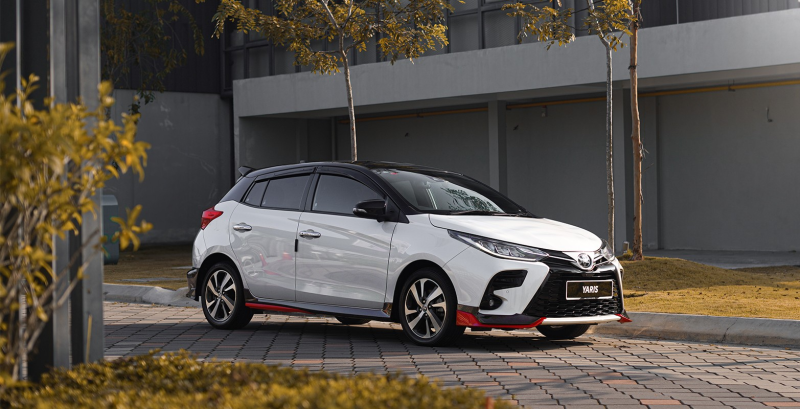
【PCauto】Since its debut, the Toyota Yaris has been a standout in the compact car segment, earning the trust of drivers worldwide with its reliability and practicality. As a B-segment model, the Yaris excels in urban driving and has become an ideal choice for daily commuting thanks to its nimble handling and impressive fuel efficiency.
The Toyota Yaris 2024 undergoes a comprehensive upgrade in both exterior and interior design. In particular, the interior embraces a “less is more” philosophy, creating a space that feels open and airy. From tech features and seating comfort to clever storage solutions, the Yaris reflects Toyota’s meticulous attention to detail. In this article, we’ll take a closer look at the interior design philosophy of the Toyota Yaris 2024 and how it translates into real-world practicality.
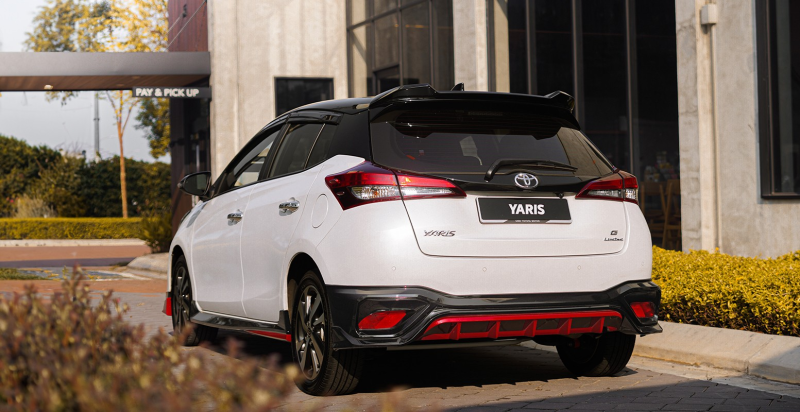
Part 1: Interior Design Philosophy
1. Core Design Concept
The interior design of the Toyota Yaris follows the “less is more” principle, aiming to create an open and spacious environment for both the driver and passengers. This approach not only enhances comfort but also improves the overall driving experience.
The Yaris interior emphasizes simplicity and functionality, minimizing unnecessary complexity to help drivers stay focused on the road. For instance, the Yaris 2020 introduced a digital instrument cluster and a 10-inch central touchscreen, both of which reflect this design philosophy.
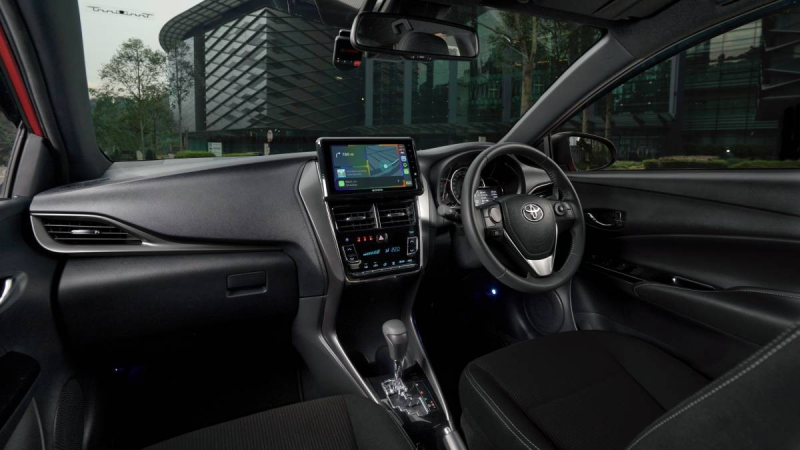
2. Thoughtfully Designed for Diverse Users
The interior of the Toyota Yaris is thoughtfully crafted to meet the needs of a wide range of users. Whether it’s for daily commuting or long-distance travel, the Yaris offers comfortable seating and a user-friendly layout. The design of the Toyota Yaris interior back seat is particularly noteworthy—not only is it spacious, but it also supports a 60:40 split-folding configuration, adding to the car’s overall practicality. In addition, the Toyota Yaris interior lights have been carefully optimized to ensure clear visibility under various lighting conditions.
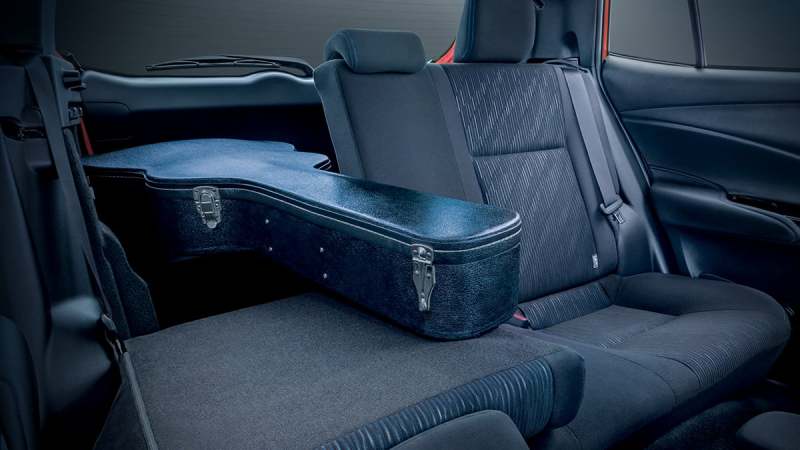
3. Trim Variations and Feature Differences
Different variants of the Yaris come with distinct interior configurations. For example, the 2024 Toyota Yaris 1.5E is equipped with manual air conditioning, while the 1.5G and G Limited trims are upgraded with automatic climate control.
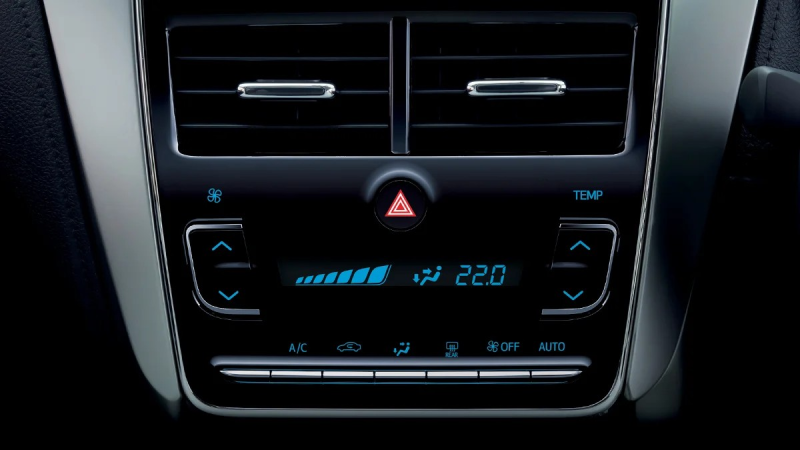
In addition, the 1.5G and G Limited variants come equipped with high-end features such as paddle shifters, further enhancing the driving experience. For older models like the 2007 and 2008 Toyota Yaris, while the interior design leans more toward traditional styling, it still reflects Toyota’s consistent focus on practicality and durability.
Part 2: Materials and Craftsmanship Compared to Rivals
1. Core Material Analysis
The interior design of the Toyota Yaris has always prioritized practicality and comfort, and the 2024 model continues to reflect Toyota’s high standards in material quality. The dashboard and center console are wrapped in soft-touch materials, offering a refined tactile experience and elevating the overall cabin feel. Seat materials vary by trim level: the 1.5E features fabric upholstery, while the 1.5G and G Limited trims are upgraded with premium fabric or synthetic leather, providing better support and improved durability.
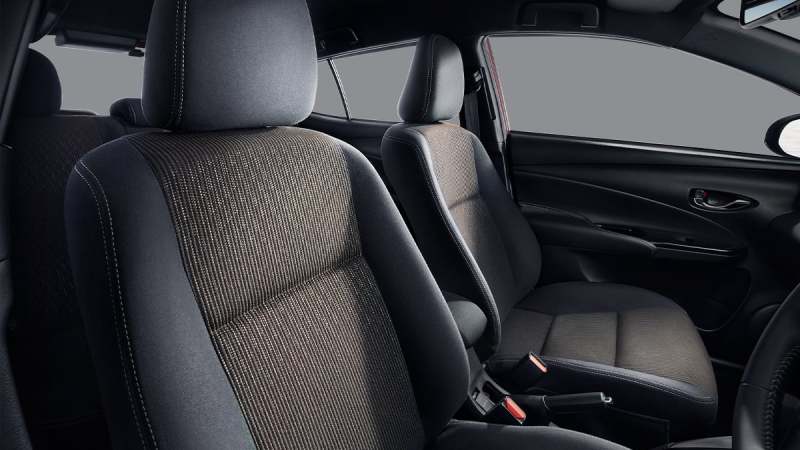
It’s also worth noting that the Toyota Yaris interior dimensions are well-designed, offering generous rear legroom that ensures passenger comfort even on long journeys. Additionally, the Toyota Yaris interior lights use LED technology—not only energy-efficient, but also effective in creating a warm and inviting cabin atmosphere.
2. Comparison with Class Rivals
Among its segment peers, the Toyota Yaris interior stands in clear contrast to that of the Honda City. The Honda City places greater emphasis on a high-tech feel, with a larger central touchscreen. However, its interior materials are mostly hard plastics, which can feel somewhat cheap to the touch. By comparison, the Toyota Yaris interior—particularly in the 2019 model and later—features more refined material choices. The use of soft-touch surfaces is more extensive, giving the cabin a noticeably higher-quality feel overall.

Moreover, the Toyota Yaris interior back seat is user-friendly, as evidenced by more flexibility for expanding trunk space thanks to the 60:40 split-folding rear seats. In contrast, the Honda City’s rear seats feel relatively stiff, and when folded down, the surface is less flat compared to the Yaris.
In terms of detail refinement, the Toyota Yaris interior light replacement process is also more straightforward. Users can easily replace the interior bulbs, whereas the Honda City’s lighting system is more complex and costly to maintain. Overall, the Toyota Yaris stands out in its segment with interior materials and build quality that emphasize both practicality and a sense of refinement.
Part 3: Seat Comfort and Layout
The Toyota Yaris 2024 continues Toyota’s tradition of prioritizing comfort and practicality in its seat design. The seats are upholstered in high-quality fabric that feels soft to the touch and offers good breathability, ensuring comfort even during extended drives. The seat cushioning is carefully engineered to provide solid support, helping to reduce fatigue—especially on long-distance trips.
The front seats offer user-friendly manual adjustments, allowing both the driver and front passenger to fine-tune seat height, fore-aft position, and backrest angle according to their preferences. Additionally, the 1.5G and G Limited variants are equipped with paddle shifters, further enhancing the driving experience and convenience.
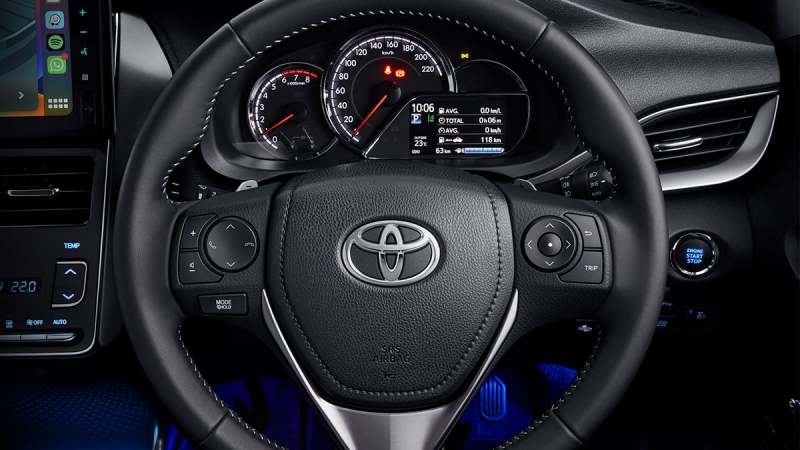
The rear seats are equally well-designed, with a moderate reclining angle that offers solid leg support. The seat width and depth have also been optimized to ensure comfort—even for three adult passengers sitting side by side, space remains sufficient without feeling cramped. The 60:40 split-folding function adds extra cargo flexibility, making the Yaris a highly practical option for family use.
Part 4: Dashboard and Technology Integration
1. Cabin Tech Layout
The Toyota Yaris 2024 reflects Toyota’s signature blend of practicality and innovation in its cabin tech layout. The center console features a 9-inch touchscreen that supports multimedia playback, navigation, and various vehicle settings.
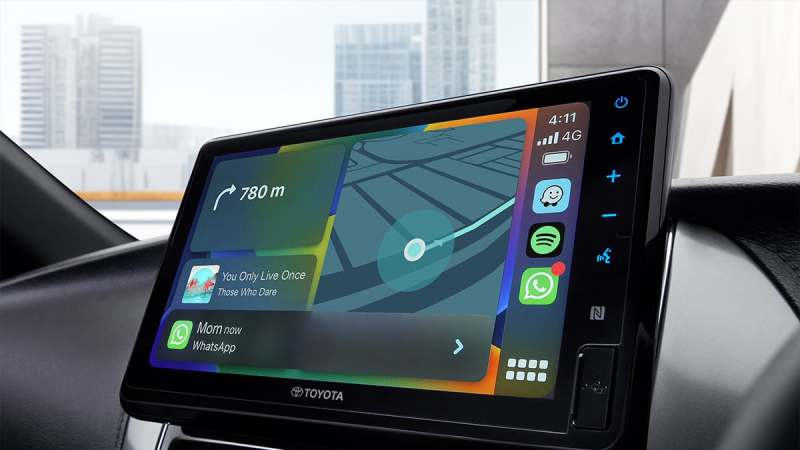
In addition, the 1.5G and G Limited variants are equipped with paddle shifters, enhancing both driving convenience and enjoyment. The interior lighting system uses LED sources, which are energy-efficient and environmentally friendly. They also provide more even light distribution, for the sake of safety during night driving.
2. User Experience and Drawbacks
In terms of usability, the multi-functional steering wheel in the Toyota Yaris 2024 is well-designed, with compact button placement that allows the driver to easily control audio, phone, and cruise functions. The touchscreen responds quickly, and the interface is clean and intuitive, making it easy to operate even for first-time users.
However, some users have reported occasional issues with the interior lighting system—specifically, instances where the lights failed to function. This may be due to electrical connections or faulty bulbs. Regular checks are recommended to ensure consistent performance.
3. Tech Highlights and Limitations
Among the standout tech features in the Toyota Yaris 2024 are the standard 360-degree parking camera and blind spot monitoring system, both of which significantly enhance driving safety and convenience. That said, some users have pointed out the absence of certain features, such as automatic parking and auto start-stop functionality—features that are increasingly common in competing models within the same segment.
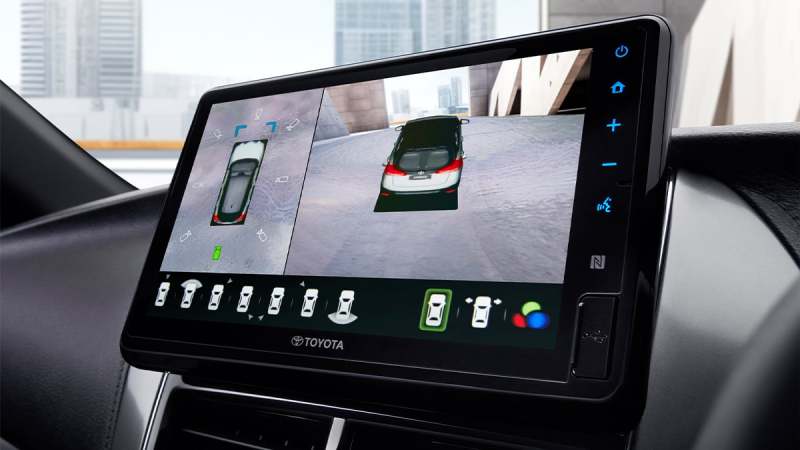
Part 5: Space and Storage Solutions
1. Passenger Space Performance
The Toyota Yaris 2024 delivers impressive performance in terms of passenger space—especially for a B-segment vehicle. With a body length of 4,140 mm, width of 1,730 mm, height of 1,475 mm, and a wheelbase of 2,550 mm, the Yaris offers ample headroom and legroom for all occupants. Whether seated in the front or rear, passengers can enjoy a comfortable ride. In particular, the design of the Toyota Yaris interior back seat ensures generous legroom, making even long-distance travel feel spacious and relaxed. Additionally, the well-optimized Toyota Yaris interior dimensions contribute to excellent space efficiency throughout the cabin, ensuring every passenger enjoys a high level of comfort.

2. Storage Space Design
The 2024 Toyota Yaris also performs well in terms of storage. With a trunk capacity of 286 liters, it easily meets the needs of daily shopping or short trips. In addition, the cabin includes multiple storage compartments that allow passengers to conveniently store small items such as phones, wallets, and drinks. The Toyota Yaris interior is thoughtfully designed with user-friendly storage solutions—such as compartments beneath the center console, in the door panels, and behind the seats—all aimed at improving everyday convenience. The Toyota Yaris interior lights also enhance usability by providing clear visibility when accessing storage areas at night.
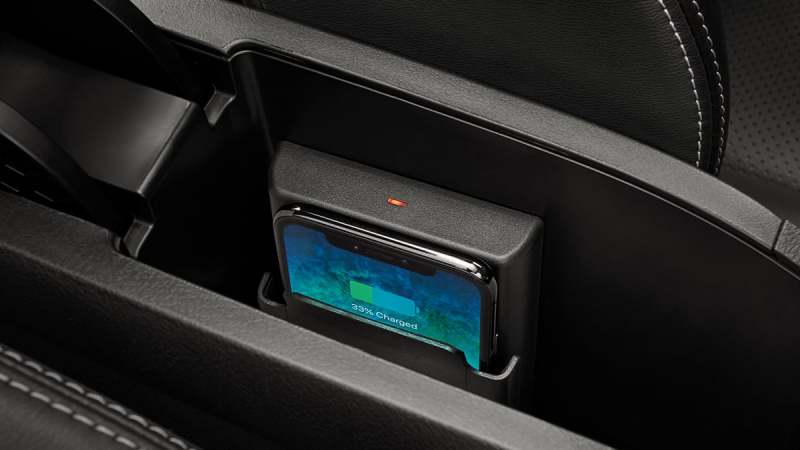
3. Flexible Space Layout
The Toyota Yaris 2024 features a 60:40 split-folding rear seat design, offering a highly flexible layout that allows the trunk capacity to be expanded as needed. Whether you’re loading large items or just handling everyday errands, this setup provides excellent convenience. Compared to earlier models like the Toyota Yaris interior 2019, 2008, and 2007—which featured relatively basic storage arrangements—the 2024 version shows significant improvements in this area. Additionally, previously reported issues such as Toyota Yaris interior lights not working have been effectively addressed in the latest model, further enhancing the user experience.
Part 6: Comprehensive Safety Features
1. Basic Safety
The Toyota Yaris 2024 comes equipped with a robust set of standard safety features across all trims. It includes seven airbags as standard: driver and front passenger airbags, front passenger seat cushion airbag, front and rear side airbags, front and rear curtain airbags, and a driver’s knee airbag.
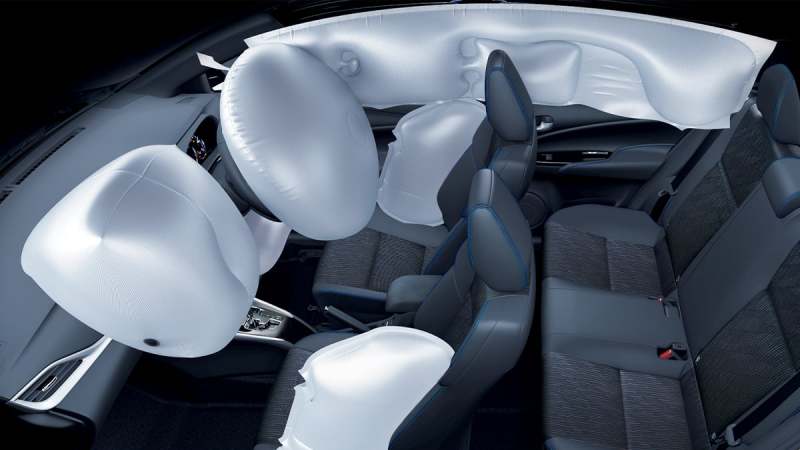
This means that both front and rear passengers are provided with comprehensive protection in the event of a collision. In addition, all seats are equipped with seatbelt reminder systems to ensure that every occupant is properly secured, further enhancing overall driving safety.
2. Intelligent Safety
The Toyota Yaris 2024 also excels in terms of intelligent safety features. All variants come standard with ABS/EBD, Electronic Stability Control (ESC), Blind Spot Information System, Lane-Keeping Alert, Autonomous Emergency Braking (AEB), and Collision Warning.
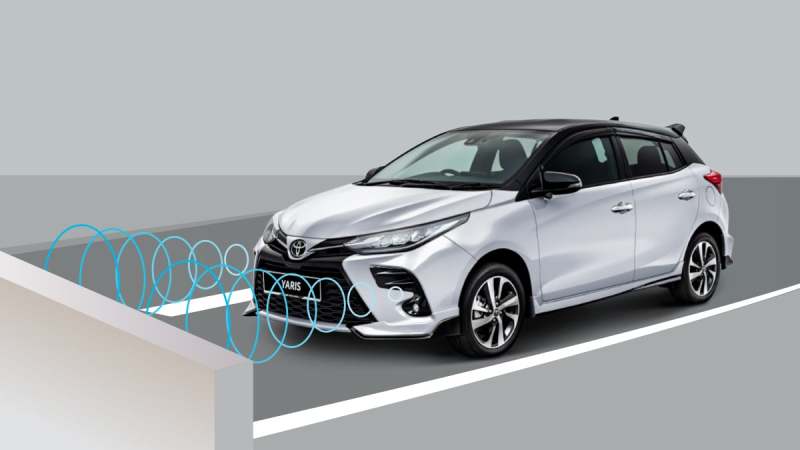
These intelligent safety systems provide essential assistance in critical moments, helping drivers avoid potential hazards. For example, the Blind Spot Information System alerts drivers to vehicles in adjacent lanes when changing lanes, while the Autonomous Emergency Braking system can automatically apply the brakes when it detects obstacles ahead, reducing the risk of collisions.
Part 7: User Feedback
1. Pros and Cons
The Toyota Yaris 2024 has received a good deal of positive feedback in the Malaysian market. Many users praise its clean and practical interior design, especially the 9-inch touchscreen and multifunction steering wheel, which are both user-friendly and convenient to operate. Additionally, the 60:40 split-folding rear seats have been well received, offering flexibility for various storage needs.
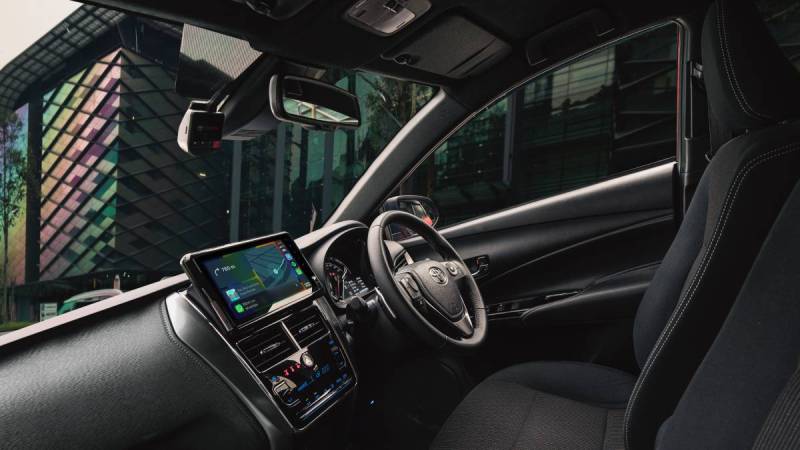
However, some users have raised negative feedback. A few reported issues with the Toyota Yaris interior lights not working, particularly during nighttime driving, where the lack of adequate cabin lighting affected the overall experience. Additionally, although the Toyota Yaris interior dimensions are decent as a B-segment vehicle, some users felt the rear seats were still a bit cramped—especially for taller passengers.
2. Driving Experience
In day-to-day use, the 2024 Toyota Yaris performs well overall. Many users commented that it is highly maneuverable in city driving, especially in heavy traffic. Its compact body and responsive handling make it easy to drive and park. Compared to the Toyota Yaris interior 2019, the 2024 model has seen notable improvements in design details, including better convenience when it comes to interior light replacement.
For long-time Yaris users, many of the issues seen in older Toyota Yaris interiors, such as those in Toyota Yaris interior 2008 and Toyota Yaris interior 2007, have been addressed in the 2024 model. The outdated plastic-heavy feel in previous generations has been replaced by higher-quality materials and more refined workmanship.
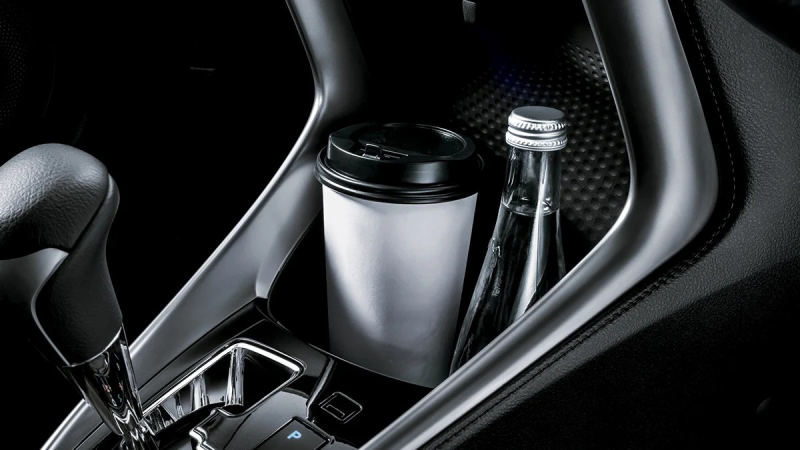
Part 8: Summary & Buying Advice
The comprehensive look at the Toyota Yaris 2024 interior design reveals its impressive strengths in practicality, comfort, and technology. From its clean and modern design language to the user-friendly seat layout, ample storage space, and advanced safety features, the Yaris clearly stands out as a well-rounded model that caters to a wide range of driving needs.
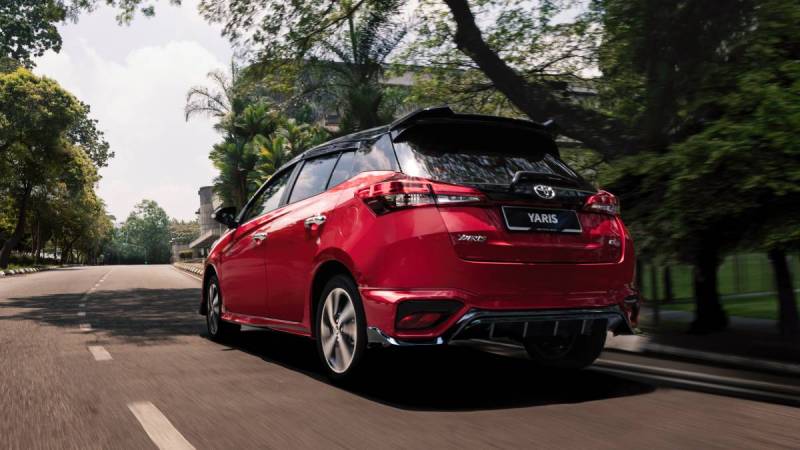
Buying Guide:
If you’re a practical and budget-conscious buyer—especially someone looking for a car for daily commuting or family use—the 2024 Toyota Yaris is an excellent choice. Its compact size and agile handling also make it particularly suitable for new drivers and female owners.
The 1.5E variant is ideal for those with a limited budget who still want essential features. With manual air conditioning and fabric seats, it covers everyday needs without unnecessary extras.
If you value driving comfort and a more premium feel, the 1.5G variant is recommended. It offers automatic climate control, paddle shifters, and upgraded seat materials, providing a more refined driving experience.
If any infringement occurs, please contact us for deletion
Trending News

BYD Sealion 7 is not only cheaper than Tesla Model Y, what other differences do they have?
Is it better to buy the BYD Sealion 7 or the Tesla Model Y? This really makes one a bit hesitant, but before you make a decision, I recommend you take a good look at this article.

Toyota Land Cruiser FJ did not disappoint, the most anticipated civilian off-road vehicle is back.
Since its birth in 1951 under the name Toyota BJ, the Land Cruiser series has accumulated sales of approximately 12.15 million units in over 190 countries and regions worldwide, becoming a global off-road icon spanning more than 70 years.

2026 Toyota Hilux Travo released, the brand-new exterior and interior are highly anticipated
If you're considering buying a Hilux, honestly, the comprehensive innovations in the ninth generation are worth waiting for. While the current model might still have some advantages in terms of reliability and price, the new model offers significant changes in terms of exterior and interior luxury, tech features, and powertrain options.

In Malaysia, which sliding door MPVs are available?
The numerous advantages of sliding door MPVs make many people fond of this type of vehicle. However, MPVs are not a mainstream choice in the car market, so many people might not know which MPVs are available domestically.

Suzuki Fronx vs. Toyota Yaris Cross comparison, which one is more worth buying?
Compact SUVs are increasingly favored by consumers for their flexibility and fuel efficiency. Consequently, the Suzuki Fronx has also entered this market segment, attracting significant attention.
Popular Cars
Car Compare

